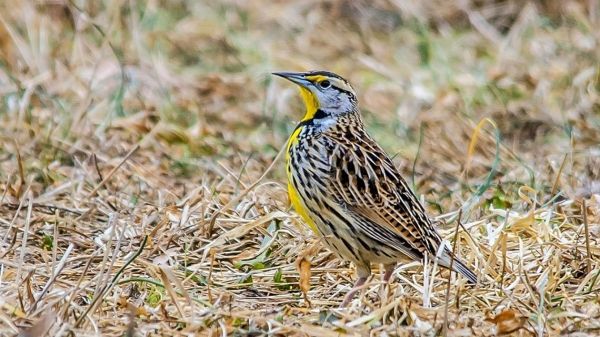Researchers from the Cornell Lab of Ornithology came to this conclusion using data from 143 weather radar stations to estimate the altitude, density and direction birds took during spring and autumn migrations over several years. They also extracted wind data from 28 climate-change projections in the most recent report from the Intergovernmental Panel on Climate Change. Their findings were published Dec. 9 in Global Change Biology.
“We combined these data to estimate how wind assistance is expected to change during this century under global climate change,” said lead author Frank La Sorte, a Cornell Lab of Ornithology scientist. “This matters for migratory birds because they use more energy flying into headwinds. But they get a nice boost from tailwinds so they can conserve energy during flight.”
La Sorte and co-authors predict winds from the south will become stronger by the end of the century during spring and fall migration periods. Winds from the west may be stronger during spring migration and slightly weaker during the fall. Westerly winds are much more variable overall and harder to predict because they are tied to erratic fluctuations in the high altitude jet stream. Wind changes will be most pronounced in the central and eastern portions of the continent.
Continue reading at Cornell University
Image via Cornell University


